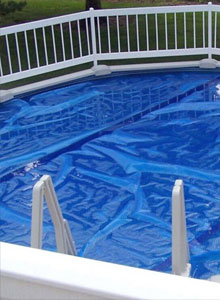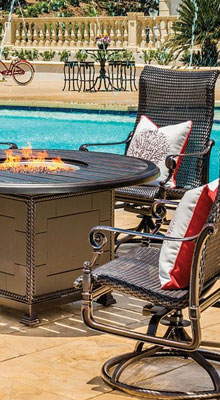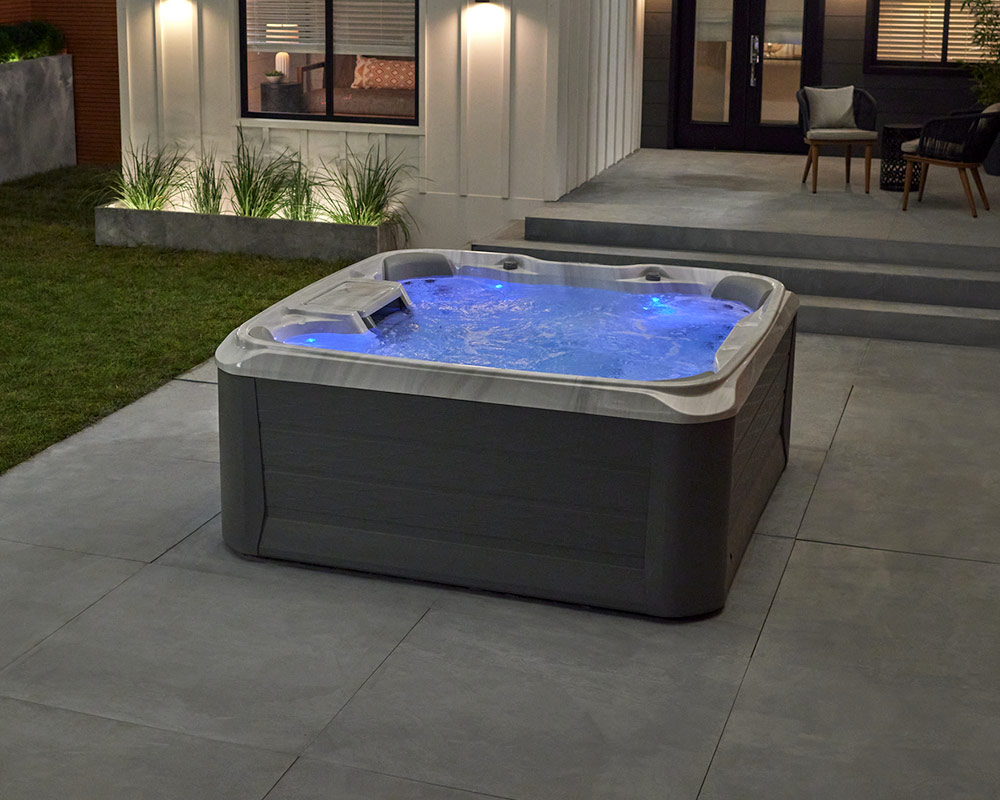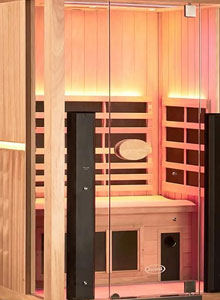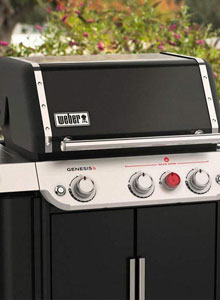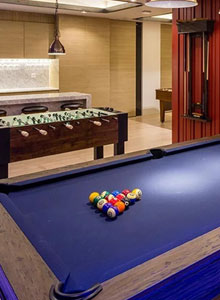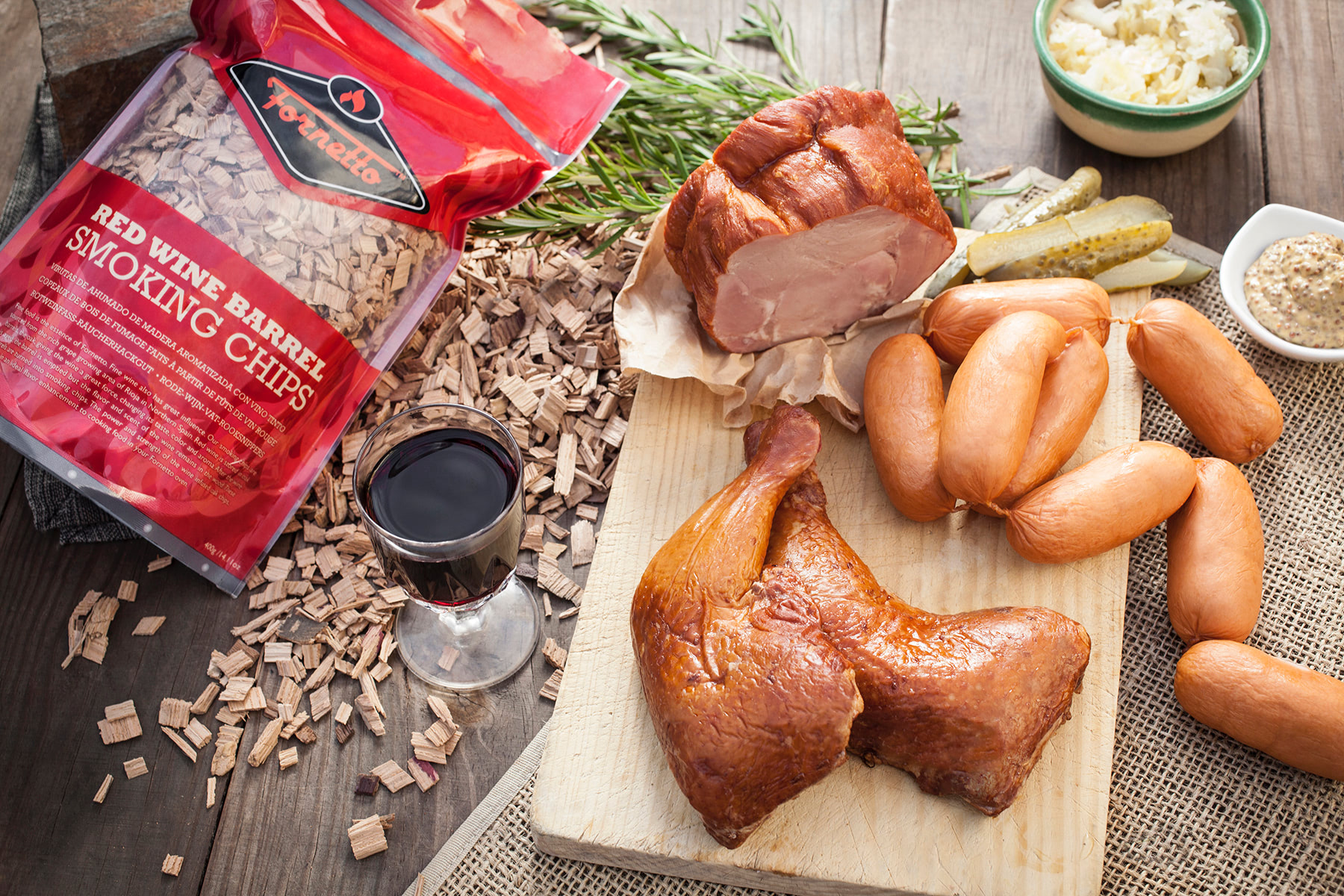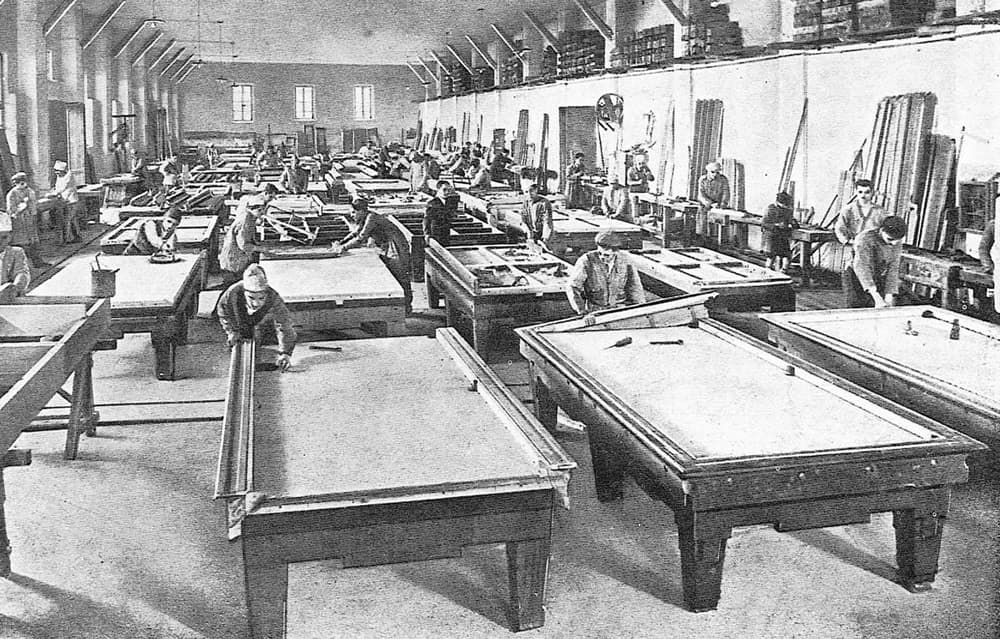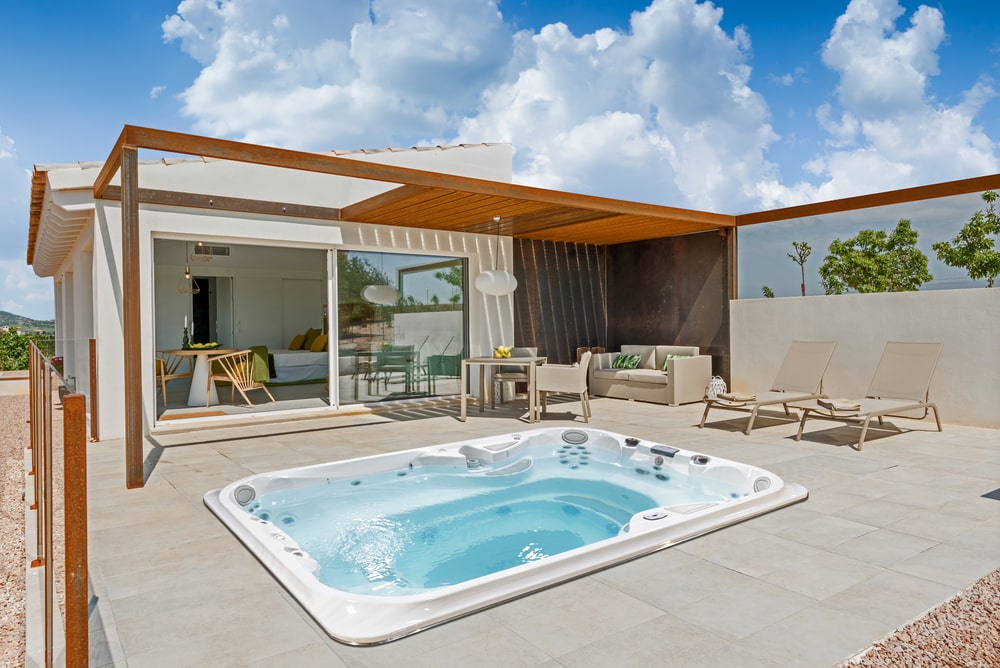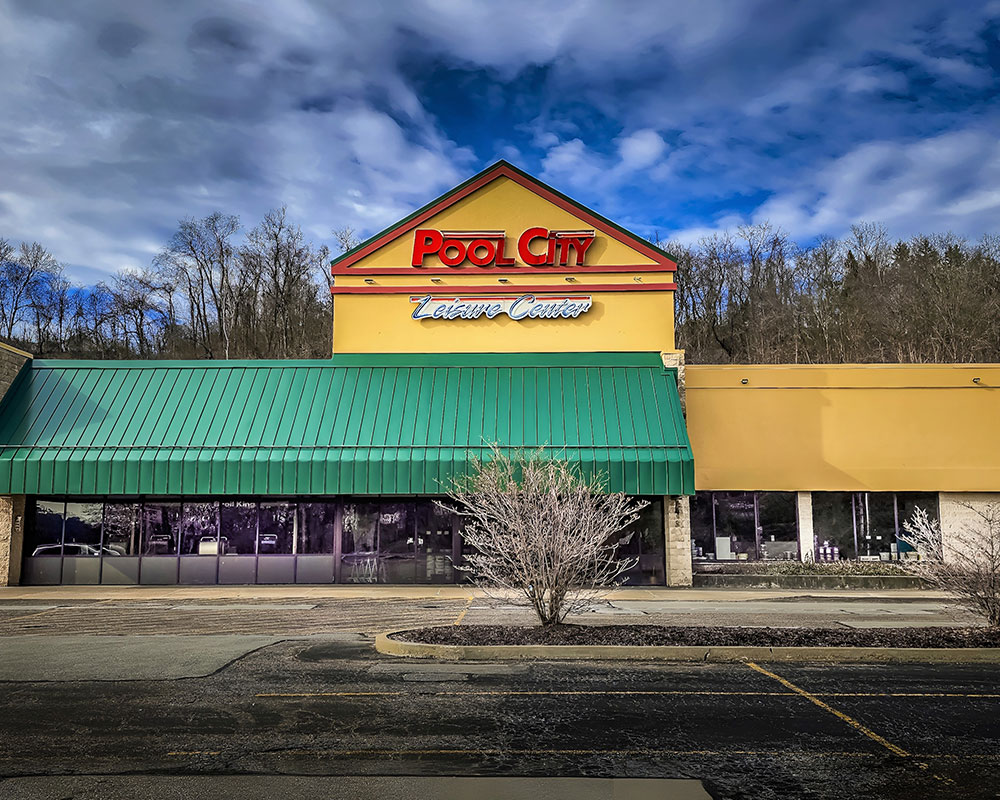How we prepare our foods prior to smoking has changed significantly. The original process of salting or salt-water brining before smoking pre-cures foods and readies them for storage once smoked. This technique combined with exposing the foods to long periods of hot-smoking, up to several days in fact, ensures proper curing. Although this approach is still widely used, there are three methods that are more commonly used at home:
Cold smoking
Cold smoking involves cooking the foods first and then exposing them to smoke for flavoring in a relatively cool environment, 20 to 30°C (68 to 86°F). This results in foods that are rich in smokey flavor yet retain their moisture. Foods that are cold-smoked must be cooked first as cold smoking does not cook or cure meats, fish, or poultry however, it is the technique that should be used for smoking cheese for an obvious reason; its low melting point.
Hot smoking
Hot smoking requires the foods to be subjected to moderate heat, 52 to 80°C (126 to 176°F) as well as hot smoke which cooks the food at the same time as it’s being smoked. Hot smoking fully cooks the foods ready for consumption directly from the smoker. The moderate temperature not only cooks the food but prevents it from losing moisture and rendering its fat. This is important for foods that require certain fat content to remain palatable, such as smoked salmon or bacon.
Smoke roasting/baking
Smoke roasting/baking is any technique where foods are cooked and smoked at temperatures exceeding those of hot smoking. Examples of these are barbecuing over charcoal or wood, tandoor cooking, or pit roasting. Since the temperature used for this technique is quite high and cooks very quickly, this method of smoking creates foods with the least amount of smokey flavor.
Pro tip: Pellicle
When smoking cured or raw meat, fish or poultry remember to always allow it to form a pellicle, a slightly tacky (not viscous, unless they’ve been brined) layer of protein on the surface of the food you’re smoking. Times will vary based on if the foods are raw, have been cured, or depending on if it’s meat, fish, or poultry. A good rule of thumb is to do so uncovered, on a rack in the fridge overnight. Fish, for example, creates a pellicle quite quickly whereas meats and poultry take longer. A proper pellicle on the food that’s about to be smoked is what will ensure adhesion of the smoke and will determine the amount of smoky flavor and color it absorbs. It equally acts as a protective barrier that will ensure your food doesn’t dry out during the smoking process.
